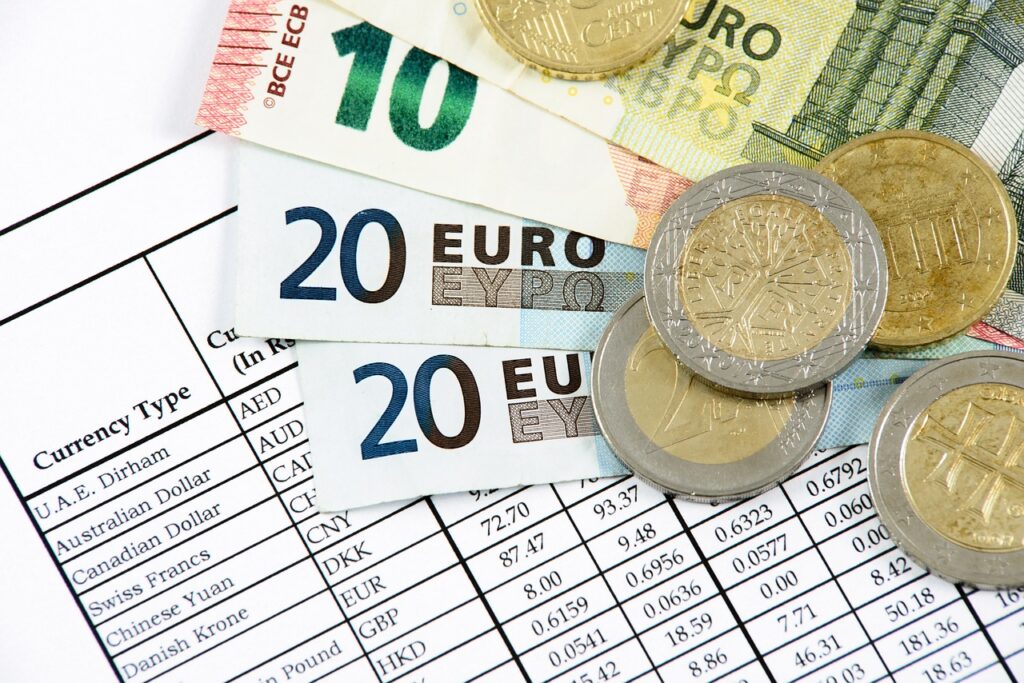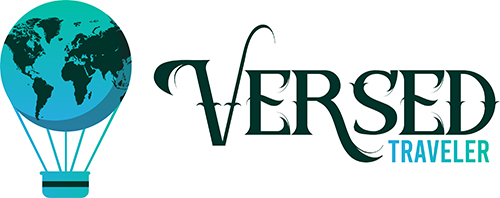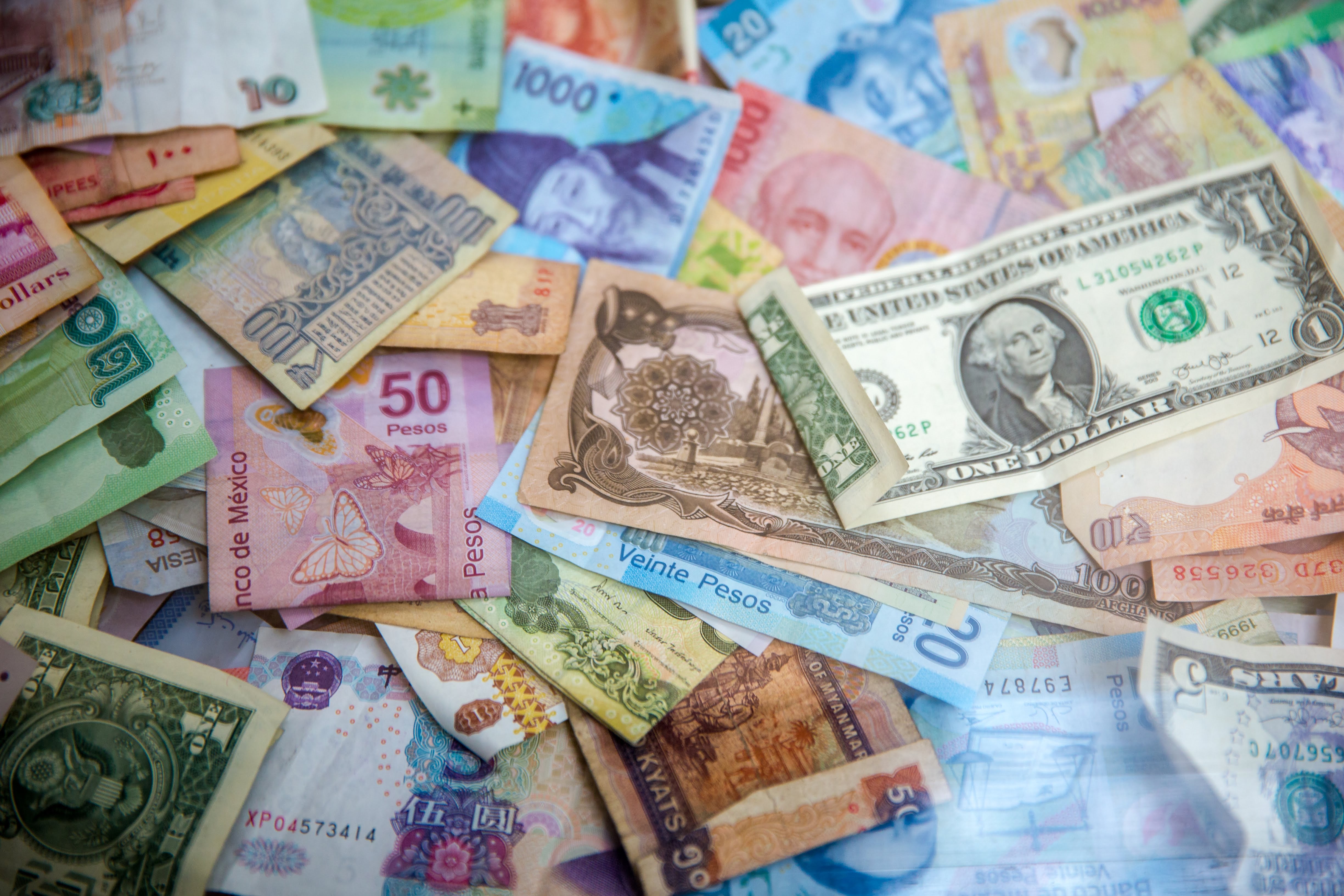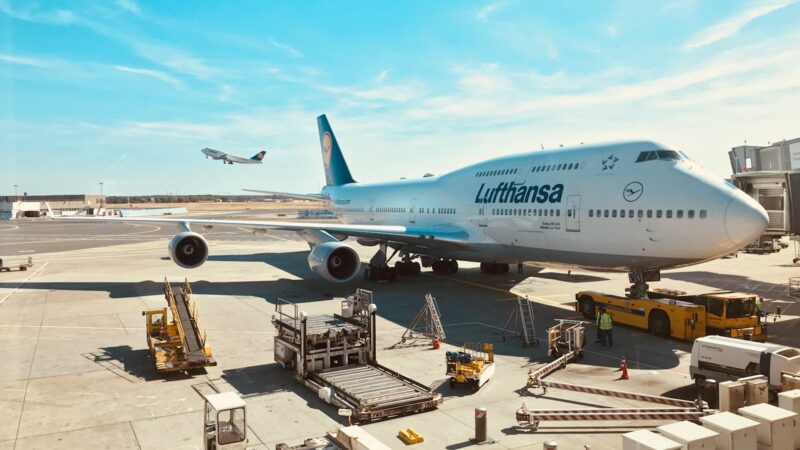Traveling abroad can be an exciting adventure, but it can also be stressful when figuring out how to exchange currency. Knowing how to exchange currency can help you avoid unnecessary fees and get the most out of your money. In this article, we will provide some tips on how to exchange currency when traveling abroad.
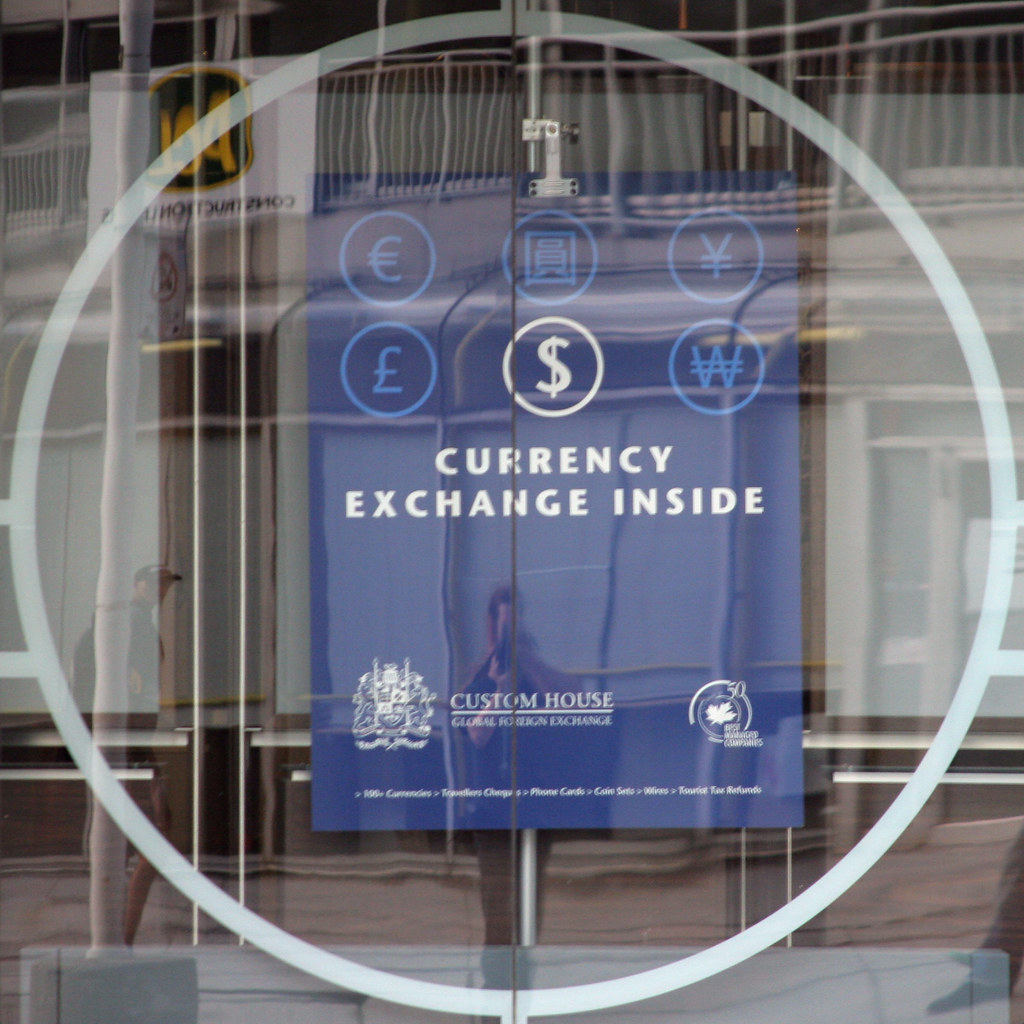
Table of Contents
ToggleUnderstanding Currency Exchange Rates
When traveling abroad, you must understand the basics of currency exchange rates. Currency exchange rates determine the value of one currency in relation to another. Exchange rates fluctuate constantly due to various factors, including economic and political events, and can have a significant impact on the amount of money you receive when exchanging currency.
Exchange rates are typically quoted in pairs, such as USD/EUR, which represents the value of one US dollar in euros. The first currency in the pair is the base currency, and the second currency is the quote currency. The exchange rate indicates how much of the quoted currency is needed to buy one unit of the base currency.
Exchange rates are determined by supply and demand in the currency markets. If there is high demand for a particular currency, its value will increase relative to other currencies. Conversely, if a currency has low demand, its value will decrease.
It’s important to keep in mind that exchange rates can vary significantly between different exchange providers. Banks and other financial institutions may offer different exchange rates and additional fees and commissions. It’s wise to compare exchange rates and fees before you exchange currency to ensure you get the best deal.
Additionally, it’s essential to be aware of any local laws or regulations regarding currency exchange. Some countries may restrict the amount of currency that can be exchanged or require certain documentation for more significant transactions.
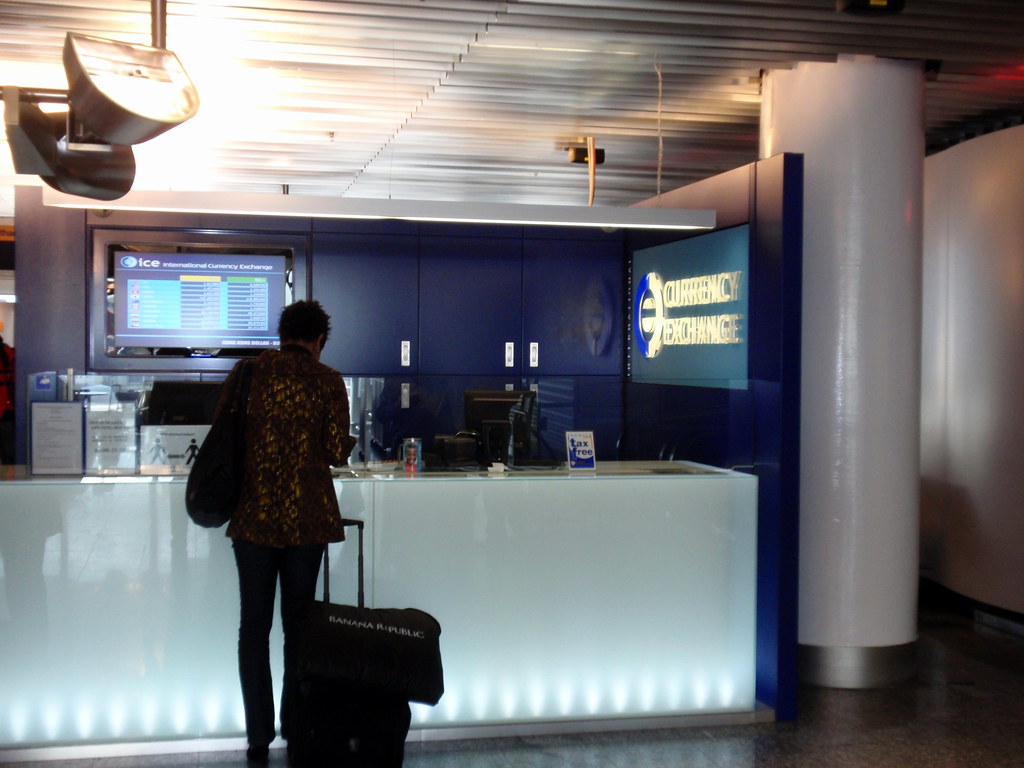
Options for Exchanging Currency
When traveling abroad, exchanging currency is a crucial part of planning your trip. There are several options for how to exchange currency, each with its pros and cons. Here are some of the most common ways to exchange currency:
1. Bank and Credit Card Companies
One of the easiest and most convenient ways to exchange currency is through your bank or credit card company. Most banks and credit card companies offer exchange services, and some even waive fees for their customers. However, it’s important to note that exchange rates may be less favorable than other options.
2. ATMs
Using an ATM to withdraw cash in the local currency is a popular option for many travelers. This method is convenient and often has lower fees than exchanging currency at a bank or exchange booth. However, be sure to check with your bank beforehand to see if they charge foreign transaction fees or ATM fees.
3. Exchange Booths
Exchange booths can be found in airports, train stations, and other tourist areas. While they may offer competitive exchange rates, they often charge high fees, so be sure to compare rates before exchanging money. Additionally, be wary of scams and always count your money before leaving the booth.
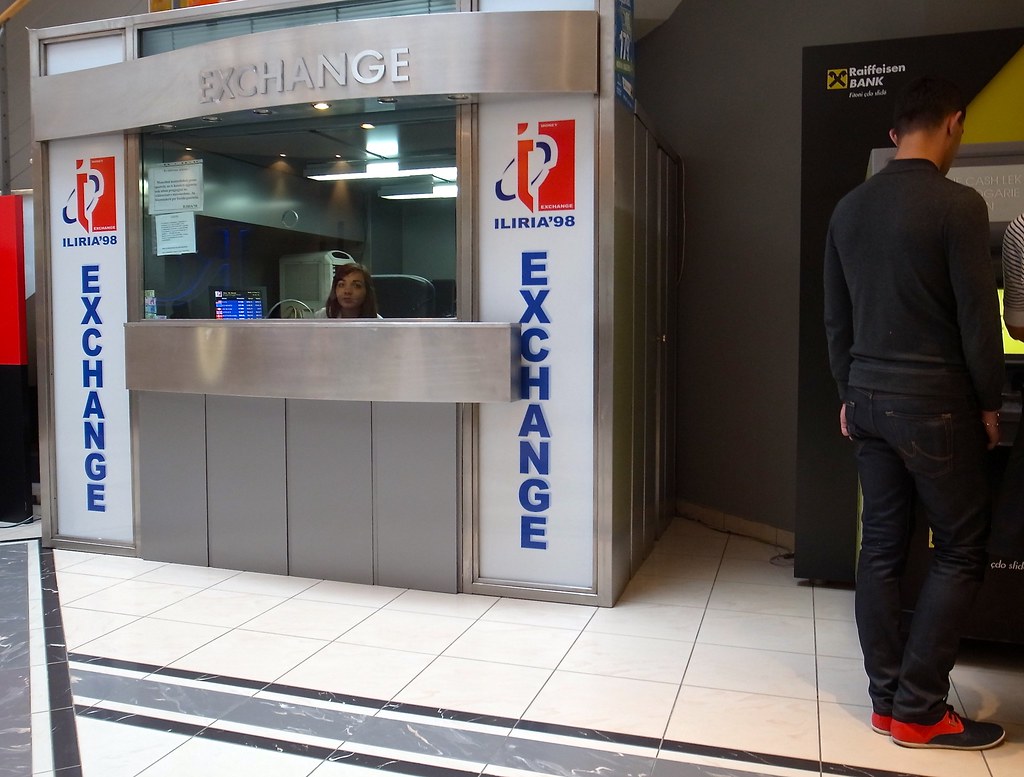
4. Credit Card Payments
Many places accept credit card payments, which can be a convenient way to pay for purchases without having to exchange currency. However, be aware that some merchants may charge a foreign transaction fee, and not all places accept credit cards.
5. Traveler’s Checks
Traveler’s checks are a safe and secure option for exchanging currency, but they are becoming less common as more places accept credit cards and ATMs become more prevalent. Additionally, traveler’s checks often have high fees and unfavorable exchange rates.
When deciding how to exchange currency, it’s important to consider the fees, exchange rates, and convenience of each option. By doing your research and planning ahead, you can ensure that you have enough local currency to enjoy your trip without overspending.
Tips for Exchanging Currency Abroad
Here are some tips on how to exchange currency in a smoother and more cost-effective manner:
1. Research exchange rates before you go. Knowing the current exchange rates can help you avoid getting ripped off by currency exchange services. You can use online currency converters to get an idea of what the exchange rate should be.
2. Avoid exchanging currency at the airport. Exchange rates at airports are typically higher than at other locations, so it’s best to avoid exchanging currency there if possible. Instead, wait until you reach your destination or exchange currency at a bank or reputable exchange service in the city.
3. Use credit cards for large purchases. Credit cards often offer better exchange rates than currency exchange services, so use them for larger purchases like hotel stays or car rentals. Just be sure to let your credit card company know you’ll be traveling abroad so they don’t flag your purchases as fraudulent.
4. Don’t exchange too much currency at once. It’s tempting to exchange a large amount of currency at once to avoid having to exchange more later, but this can result in unnecessary fees and a less favorable exchange rate. Only exchange what you’ll need for a few days at a time.
5. Be aware of fees. Some currency exchange services charge fees on top of the exchange rate, so be sure to ask about any fees before exchanging currency. Also, some ATMs charge fees for withdrawing cash, so try to find an ATM that doesn’t charge fees or withdraw larger amounts at once to minimize fees.

More on Using Credit Cards and ATMs to Exchange Currency Abroad
Using credit cards and ATMs abroad can be a convenient way to exchange currency. However, it’s important to be aware of potential fees and restrictions.
Many credit card companies charge foreign transaction fees, which can add up quickly. It’s a good idea to check with your credit card company before traveling to see what fees they charge and if they have any partnerships with foreign banks that may waive fees.
When using ATMs abroad, it’s important to be aware of any fees charged by the ATM and your bank. Some banks charge a flat fee for using an international ATM, while others charge a percentage of the transaction amount. It’s also a good idea to notify your bank of your travel plans to avoid having your card blocked for suspicious activity.
Some countries may have restrictions on using foreign credit cards or ATMs. It’s a good idea to research the country you’ll be visiting to see if there are any restrictions or recommendations for using credit cards and ATMs.
Overall, using credit cards and ATMs abroad can be a convenient way to exchange currency, but it’s important to be aware of potential fees and restrictions. It’s always a good idea to have a backup plan in case your card is lost, stolen, or not accepted.
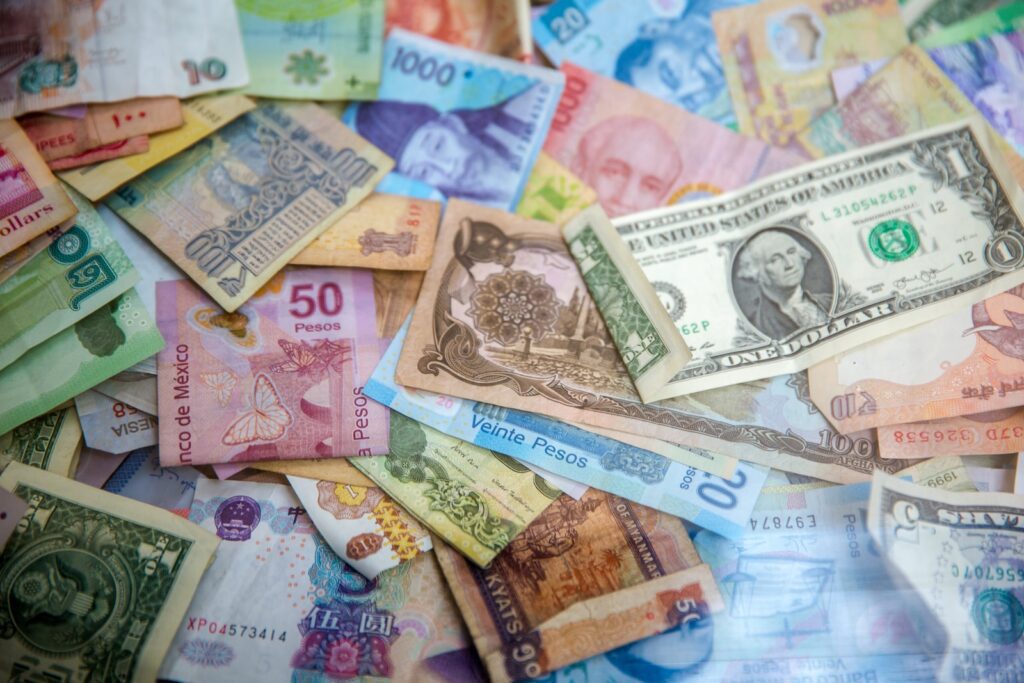
Conclusion
Exchanging currency when traveling abroad can be a daunting task, but with a little preparation and knowledge, it can be a smooth and stress-free process. Here are some key takeaways to keep in mind:
- Research the exchange rate before you go to get an idea of what to expect.
- Consider using a credit or debit card with low foreign transaction fees.
- Compare exchange rates and fees at different exchange offices to get the best deal.
- Avoid exchanging money at airports, as they often have higher fees and less favorable rates.
- Always count your money and double-check the exchange rate before leaving the exchange office.
By following these tips, you can save money and avoid common pitfalls when exchanging currency while traveling abroad. Bon voyage!
